Outdoors: ebb&flow vs RDWC?
artwk
13 years ago
Related Stories
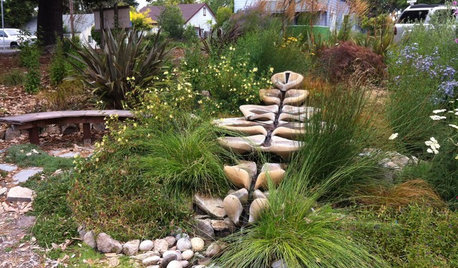
LANDSCAPE DESIGNNew Ways to Design With Water
Go beyond 3-tiered fountains and faux waterfalls to discover water's architectural possibilities
Full Story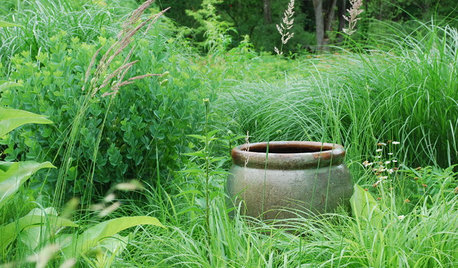
GARDENING GUIDES5 Invaluable Life Lessons From the Garden
The garden is both teacher and healer. Don't be afraid — dig in and reap the benefits
Full Story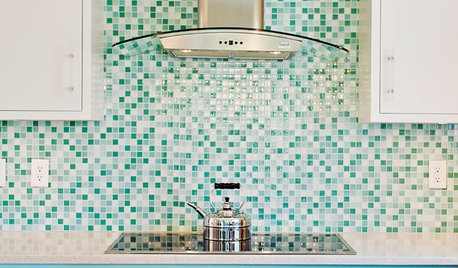
KITCHEN DESIGN9 Popular Stovetop Options — Plus Tips for Choosing the Right One
Pick a stovetop that fits your lifestyle and your kitchen style with this mini guide that covers all the basics
Full Story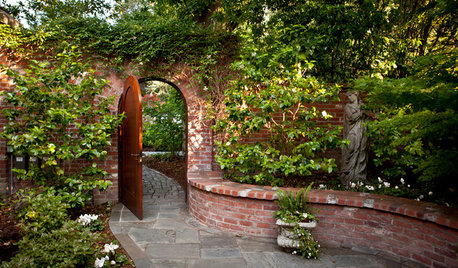
LANDSCAPE DESIGN10 Ways to Create a Romantic Garden
Delve into a sensual garden design that sings of love and speaks to the senses
Full Story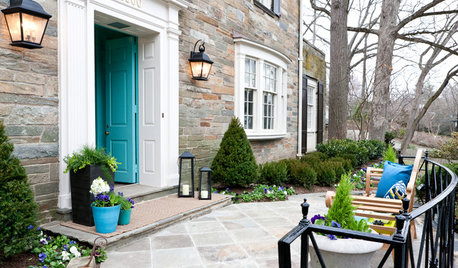
EVENTSDesigners Get Creative in a D.C. Show House
With a historic home as a canvas and a worthy cause as an incentive, designers pulled out all the stops for the 2014 project
Full Story
FEEL-GOOD HOMEDesigning for Pleasure: Appeal to the Senses at Home
Homes that look, feel and smell good foster mental and physical well-being. Here's how to create sensory comfort in all kinds of rooms
Full Story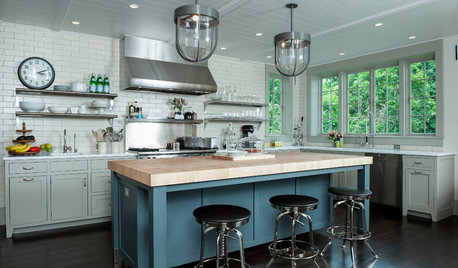
KITCHEN DESIGNExpert Talk: Design Lessons From 9 Stunning Kitchens
Architects share a behind-the-scenes look at the design decisions for some of their most interesting kitchen projects
Full Story
HOUZZ TOURSMy Houzz: Oregon Landscape Inspires a Painter’s Dream Home and Studio
Acres of unspoiled land and abundant natural life surround this special live-work space in eastern Oregon
Full Story
DECORATING GUIDESCity View: Miami Design Keeps an Open Mind
Culture, color, climate and fashion factor strongly in this vibrant port city's design aesthetic
Full Story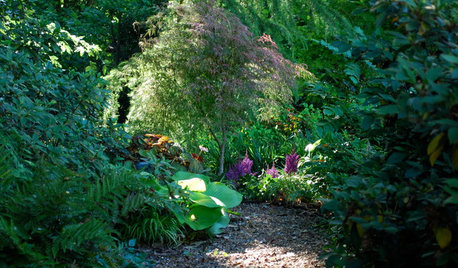
LANDSCAPE DESIGNSet Your Shade Garden Aglow With Light
Invite brightness to the dark corners of your garden for a magical dance you won't want to miss
Full StoryMore Discussions







grizzman
homehydro
Related Professionals
Piqua Landscape Architects & Landscape Designers · Rancho Cordova Landscape Architects & Landscape Designers · Waunakee Landscape Architects & Landscape Designers · Harvey Landscape Architects & Landscape Designers · Allentown Landscape Contractors · Wilmington Landscape Contractors · Clark Landscape Contractors · Cliffside Park Landscape Contractors · Coeur d'Alene Landscape Contractors · Dallas Landscape Contractors · Golden Gate Landscape Contractors · Rockwall Landscape Contractors · Wayland Landscape Contractors · York Landscape Contractors · Silver Firs Landscape Contractorsscubastan
bbrush
grizzman
artwkOriginal Author
grizzman
joe.jr317
homehydro
artwkOriginal Author
Thaihydrofarmer